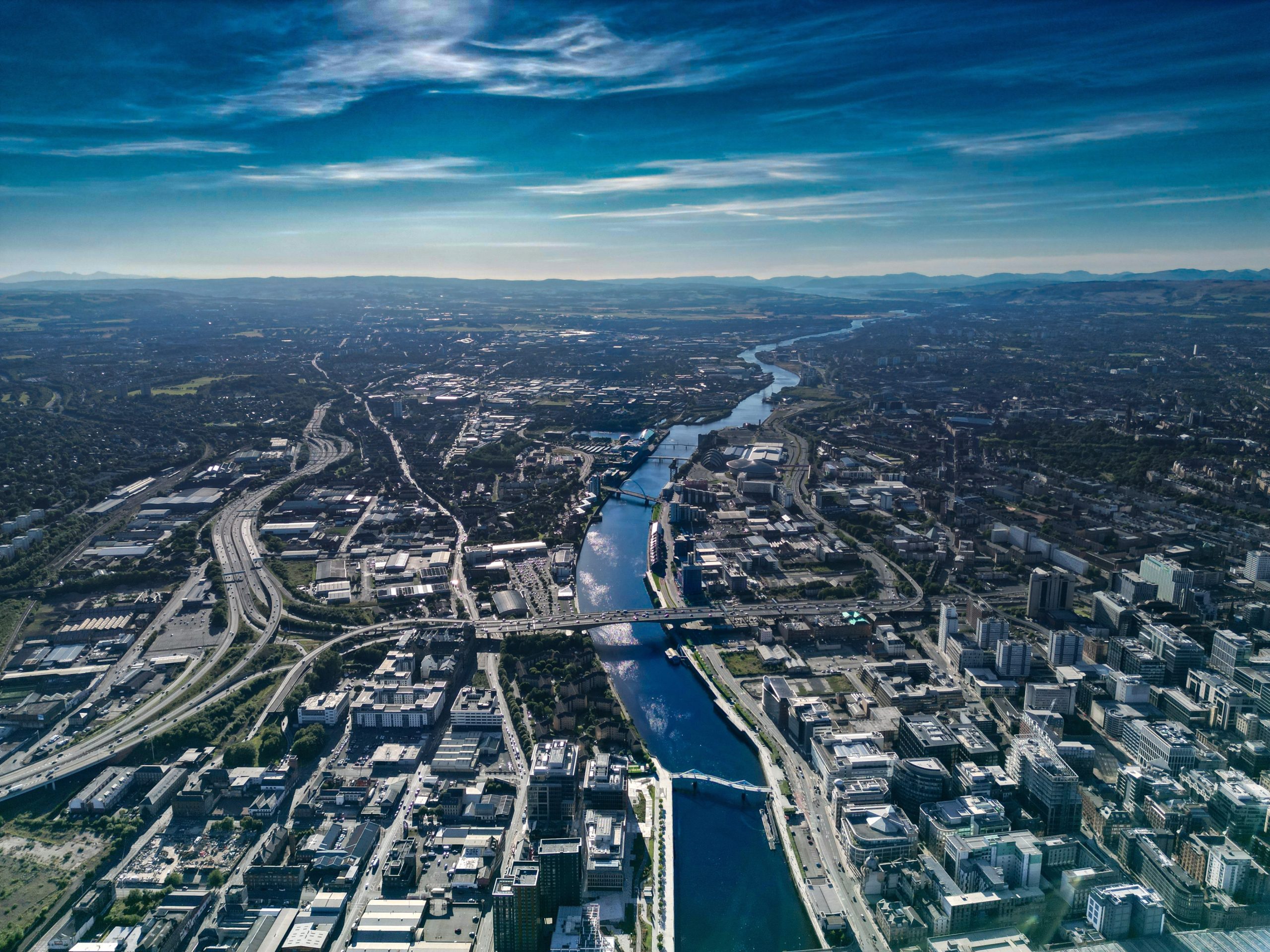
(Shutterstock)
GLASGOW could achieve an 80% reduction in carbon emissions by 2030 with an investment of £36.8 billion, the city’s council has said.
The figure comes from a scientific analysis of all the policies, projects, initiatives currently in place in Glasgow, with the net zero route map also showing a projected 60% reduction in carbon emissions by 2030 if backed by £23.5 billion of investment.
The £36.8 billion accelerated approach would involve a significant shift to electric vehicles electrification of freight vehicles, Glasgow City Council leading on the development and delivery of heat networks, and a ‘substantial’ rise in the use of heat pumps.
The local authority added that it is currently developing a green investment team that can unlock the private sector funds that can finance the large-scale interventions needed to decarbonise the city.
Councillor Angus Millar, city convener for climate at Glasgow City Council, said, “Since the 2019 climate emergency declaration, Glasgow has made significant progress in our journey towards net zero. We now have increasingly detailed plans to reduce carbon emissions, mitigate against the effects of climate change and better understand how we secure the funding the city needs to achieve its goals.
“The new net zero route map provides robust evidence for the impact of our actions, and shows us what more needs to be done to make Glasgow a net zero city. It illustrates the requirement for significant carbon sequestration through tree planting and similar activity in order to reach net zero, and we will continue to explore options to deliver this at scale and best monitor its impact on our city’s net emissions.
“It also confirms very clearly that private sector investment is needed and demonstrates the wide scope for green investment that exists in Glasgow. Our heating and energy strategy, for example, shows two-thirds of Glasgow could be connected to a district heating network that draws sustainable heat from River Clyde and other sources. This is exactly the kind of opportunity that will attract investors and reduce our carbon emissions.
“However, with the route map showing the gap between our current projected carbon reduction and what could be achieved with an accelerated programme of change, further funding from national government to spur the transition on would clearly help Glasgow reach net zero faster. Glasgow will continue to work with partners from across the public and private sector to realise the many opportunities the city has in creating a lower carbon, more sustainable future.”
The analysis undertaken as part of the development of the net zero route map considered different emissions categories where progress must be made. These include private transport, freight transport, non-residential heat, residential heat, energy and carbon removal and sequestration.
The limited amounts of land in the city provides a small opportunity to sequester carbon through tree planting, but that would still leave an emission gap before net zero would be achieved. It is estimated that trees planted over 40,000 hectares of land would be required to bridge this emissions gap. Tree planting programmes are in place in Glasgow and across the Glasgow city region as a whole, but it is recognised that a national approach to sequestration that links with landowners and other local authorities may be required, Glasgow City Council said.











